How to Make Hard Cider From Whole Apples
4.3
(4)
Your folders
Your folders
Author : ariana

Ingredients
Export 6 ingredients for grocery delivery
Instructions
Step 1
I don’t use any vinegar or veggie wash because I want to keep the yeast on the skins on the apples.
Step 2
This is mostly just to check for bugs or other issues with the apples. Discard or cut around any that have an infested core, and cut out major bruises. It’s nice to have a partner for this part, and it’s the perfect job for a kid with basic knife skills. But I have done it by myself, too. Transfer chopped fruit to a clean bowl by your juicer. You don’t need to worry about coring or taking stems out– the juicer will do that for you.
Step 3
As your juicer pitcher gets full, pour it through a funnel into a sterilized demijohn.
Step 4
When the pulp container starts getting full, take a few minutes to squeeze the juice out of the pulp. Place your sieve over a clean bowl, and line it with your kitchen towel. Put a couple heaping handfuls of pulp in the towel, and gather the edges and twist to wring out as much of the juice as possible. My own juicer is not great, so I actually get 50% of the total juice this way. Your pulp (now called pommace) should be really dry when you’re done, and you can just compost it. Pour the juice into the demijohn, and get back to juicing.
Step 5
Once you have juiced all of your fruit, taste the juice and add sugar. This is where a little guesswork will come in, because the acidity and tannin content, as well as the sweetness of your fruit will vary. I usually add about a cup of sugar to a gallon of juice, and I don’t like mine very sweet. During the fermentation process, the yeast will eat the sugar (both the fructose from the fruit and the added sugar) and turn it into alcohol– so this step is both for flavor and alcohol level. Those of you in the USA may not really need to add much sugar, as most of the apples there tend to be really sweet. Don’t get hung up on this step, as you can add more sugar later if the brew is turning out too dry or tart for your taste.
Step 6
(This step is optional, depending on whether you have a lot of foam/ pulp floating at the top of your demijohn.) Put your demijohn on a tray or in a bowl, and keep it in a warm spot for about a day or so. The yeast will start to become active, and things will get bubbly. Your cider will split into layers, with foam floating on top. If your demijohn is pretty full, the foam will come out the top. I think this is great, as it’s a good way to get rid of that funky stuff.
Step 7
Put a rubber stopper and an airlock on your demijohn, and let it sit for a week.
Step 8
— siphon it into another sterilized demijohn, leaving the yeasty sediment in the bottom of the first one, so you have a much cleaner cider in the new demijohn. Taste it and see how it’s doing. If it’s already tasting pretty dry, you can add some more sugar before you put the airlock back on.
Step 9
Some people like a pretty sweet cider, and bottle it after a week. I like mine pretty dry, tart and strong, so I usually give it three weeks or even more. Fermenting it this long means that it won’t be very fizzy in the end– but you can also add a little sugar just before bottling to regain some carbonation. This is totally up to you, of course. You could experiment and bottle half to drink and leave the rest for another week. Whatever you decide, the next step is to bottle your hard cider. Use the siphon hose to fill swing-top bottles. The type of bottle is really important, since it lets out small amounts of the pressure that builds up, so you don’t have a glass explosion later.
Top similar recipes
Curated for youYour folders
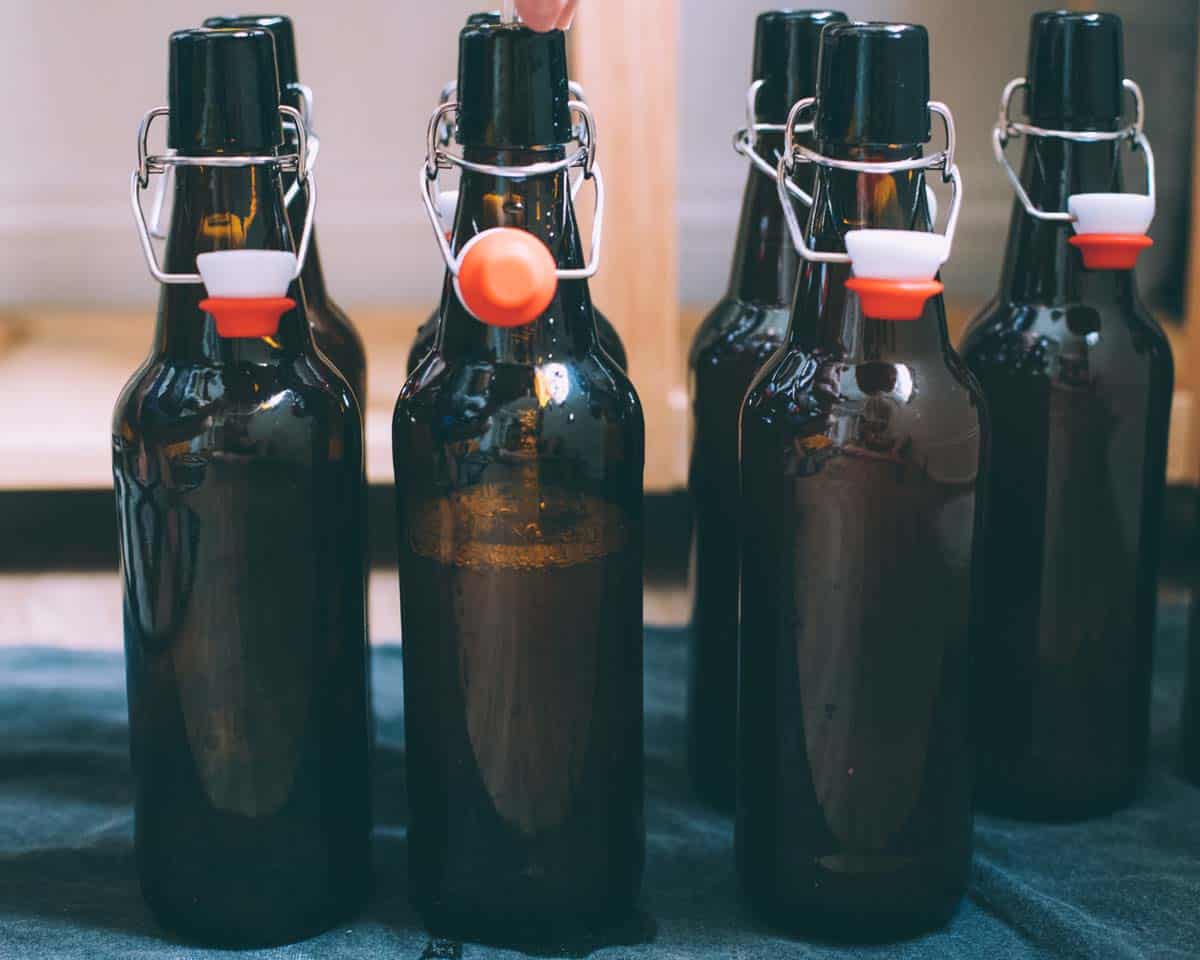
 377 views
377 viewsHow To Make Hard Cider
growforagecookferment.com
Your folders

 179 views
179 viewsHow To Make Hard Kombucha
brewbuch.com
5.0
(1)
Your folders
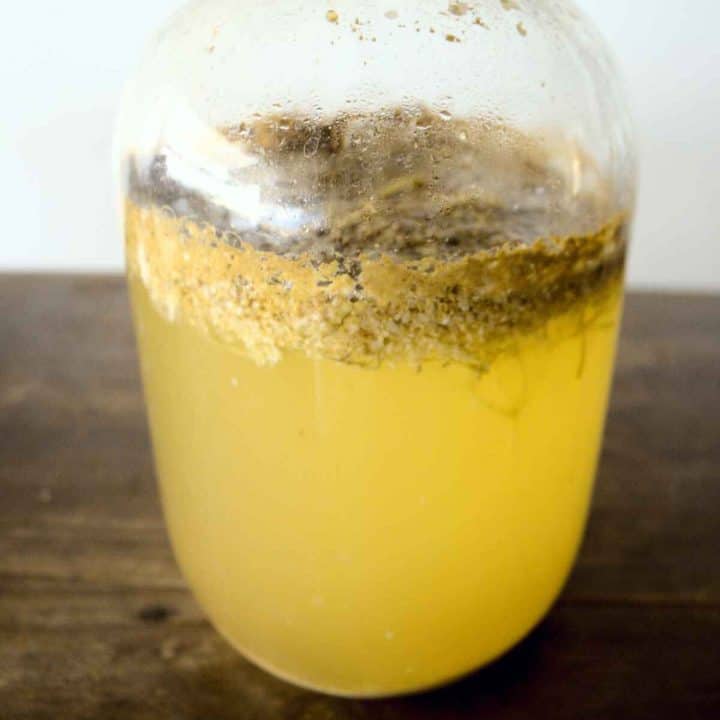
 223 views
223 viewsHow to make Elderflower Cider
simplybeyondherbs.com
5.0
(1)
1 hours
Your folders

 395 views
395 viewsHow to Make Eggs Over Hard
safeeggs.com.s3-website-us-west-2.amazonaws.com
Your folders
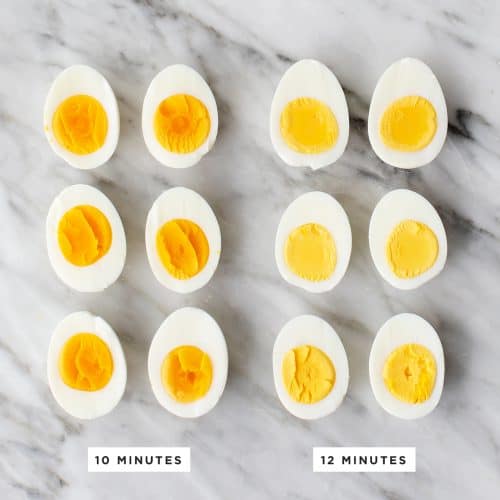
 895 views
895 viewsHow to Make Hard Boiled Eggs
loveandlemons.com
5.0
(17)
Your folders

 392 views
392 viewsHow to Make Hard Boiled Eggs
budgetbytes.com
5.0
(2)
15 minutes
Your folders

 265 views
265 viewsHow to Make Hard Caramel Candies
wikihow.com
85.0
(37)
Your folders

 356 views
356 viewsHow to Make Hard Boiled Eggs
cupcakesandkalechips.com
4.0
(26)
5 minutes
Your folders
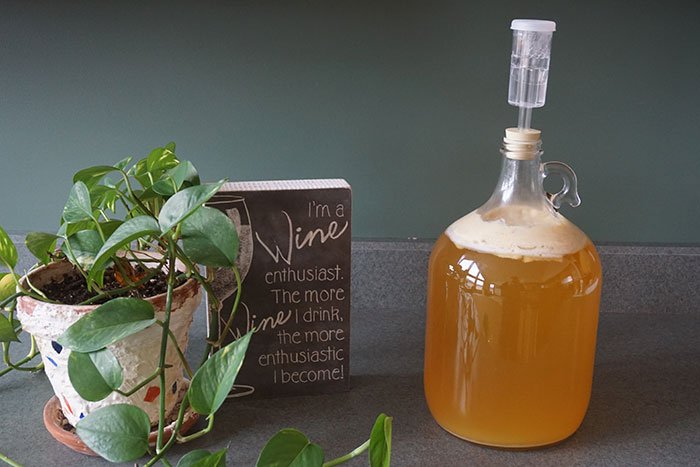
 185 views
185 viewsHard Cider From Store Bought Juice
homecidermaking.com
Your folders

 103 views
103 viewsHow to make quick pickled apples
theninjacue.com
5.0
(1)
Your folders
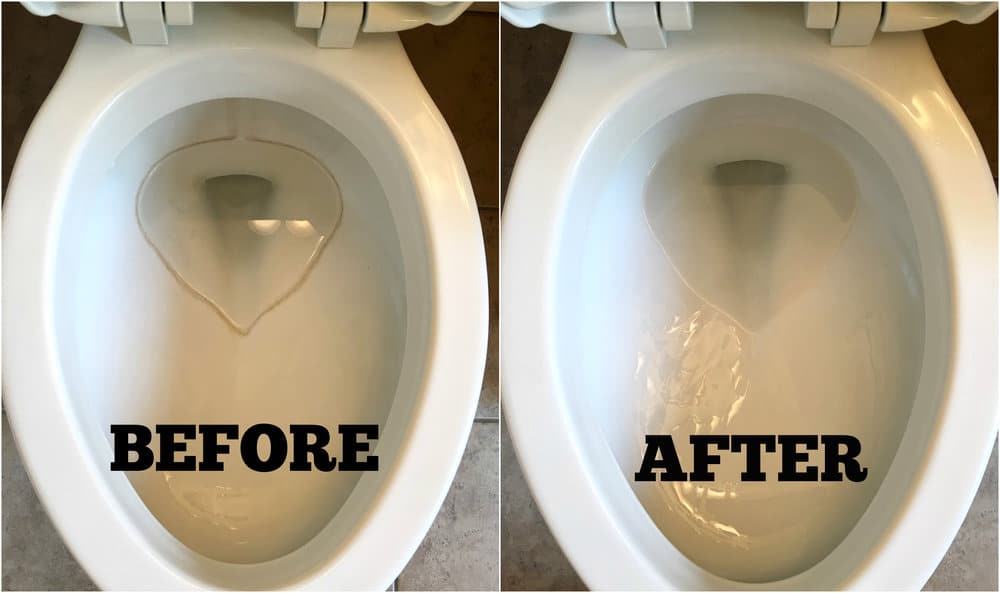
 238 views
238 viewsHow to Remove Hard Water Stains fro...
theforkedspoon.com
Your folders

 139 views
139 viewsHow To Make Apple Cider Vinegar
cleanfoodliving.net
Your folders

 255 views
255 viewsHow to Make Apple Cider Vinegar
fermentingforfoodies.com
4.9
(13)
Your folders
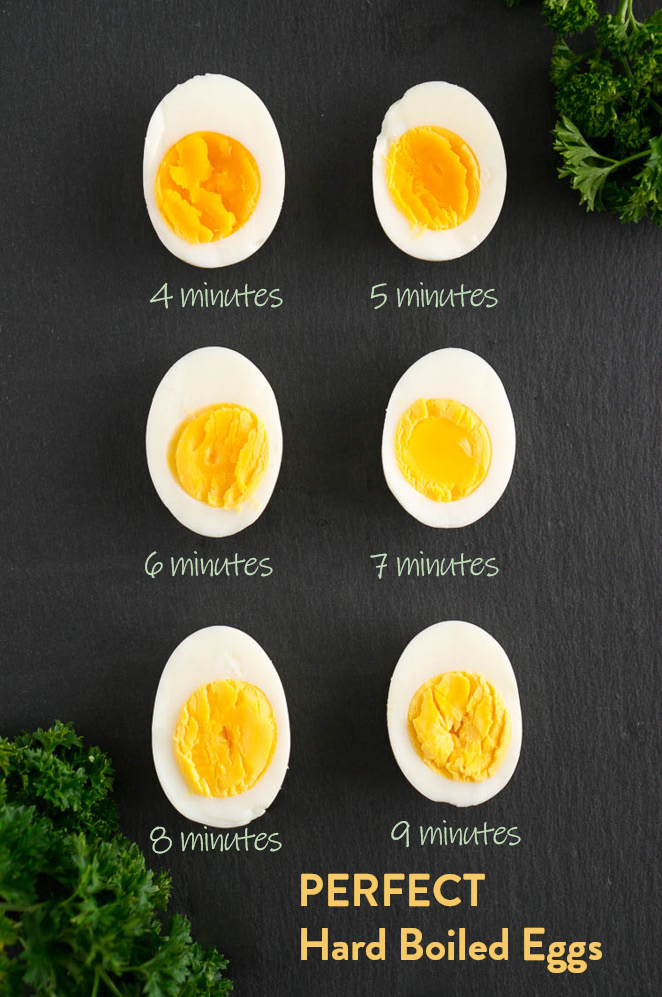
 670 views
670 viewsHow To Make Perfect Hard Boiled Egg...
deliciousmeetshealthy.com
5.0
(181)
7 minutes
Your folders

 421 views
421 viewsHow to Make Perfect Hard Boiled Egg...
addapinch.com
5.0
(8)
15 minutes
Your folders
/__opt__aboutcom__coeus__resources__content_migration__simply_recipes__uploads__2014__07__hard-boiled-eggs-horiz-800-429f7e9948b84a6d84237e228f9d54f2.jpg)
 373 views
373 viewsHow to Make Perfect Hard Boiled Egg...
simplyrecipes.com
Your folders
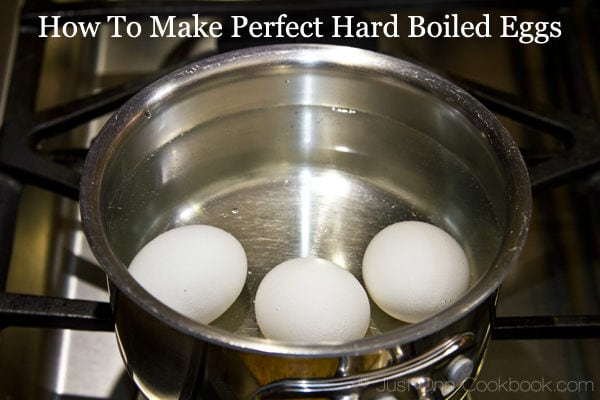
 340 views
340 viewsHow to Make Perfect Hard Boiled Egg...
justonecookbook.com
4.8
(5)
12 minutes
Your folders

 521 views
521 viewsHow To Make Perfect Hard Boiled Egg...
bellyfull.net
5.0
(42)
12 minutes
Your folders

 366 views
366 viewsHow to Make Perfect Hard-Boiled Egg...
marthastewart.com
3.2
(4.9k)